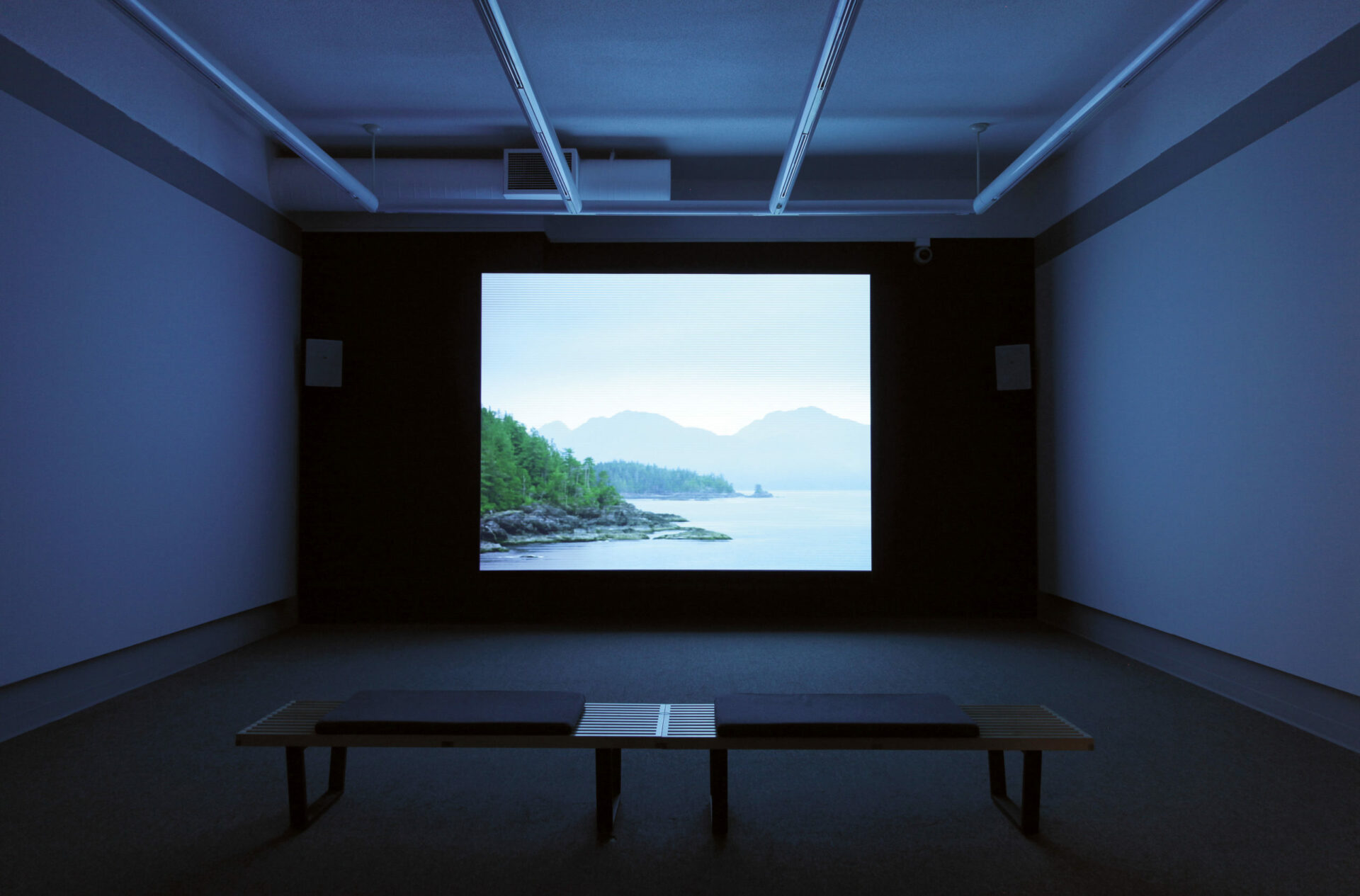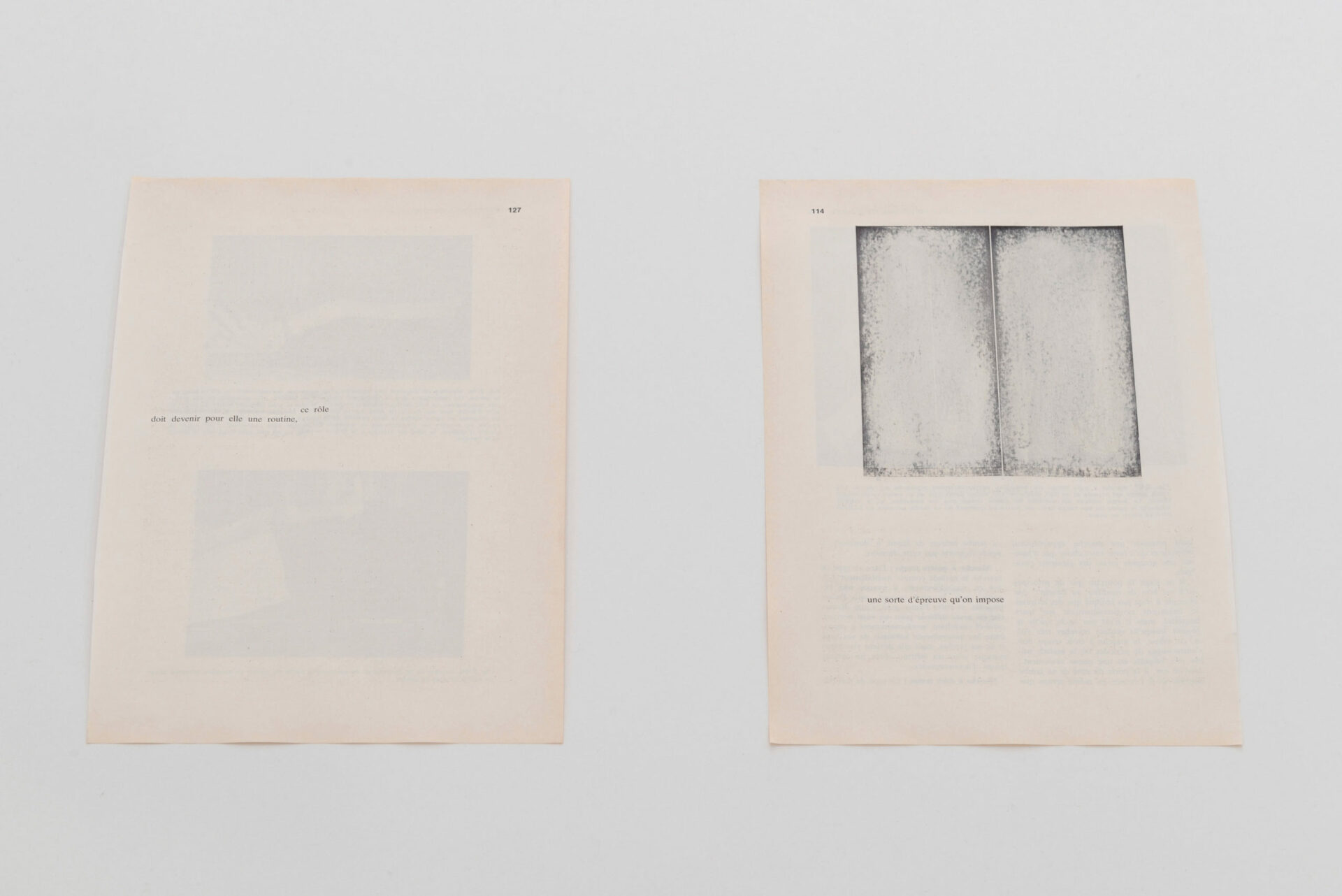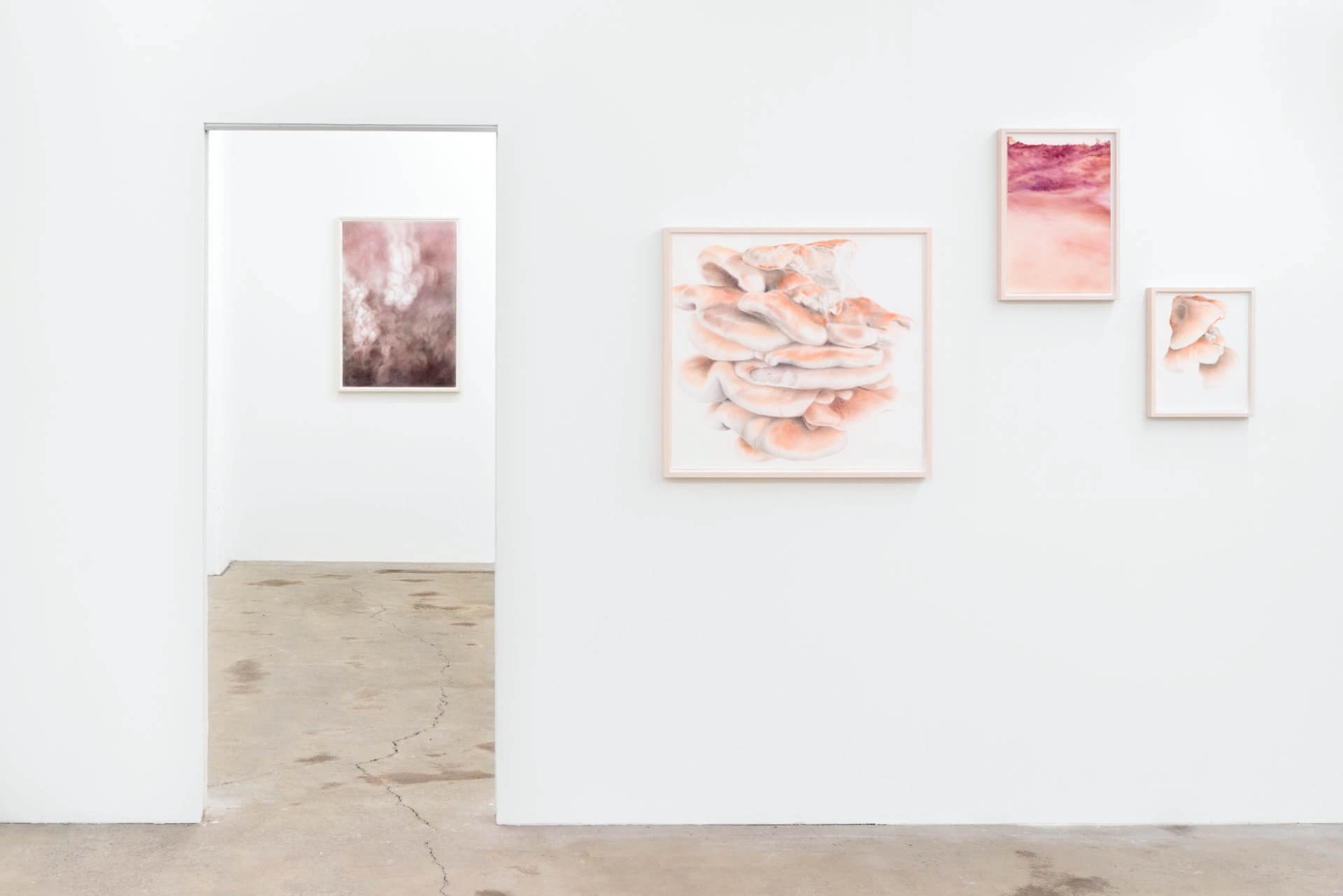
photo : courtesy of the artist
[En anglais] Process painting (also sometimes called conceptual or post-minimal painting) has a long, yet rather underappreciated history in Canada. As an aesthetic, it is usually associated with the Nova Scotia College of Art and Design, particularly with artists such as Garry Neill Kennedy, Eric Cameron, Gerald Ferguson, and Jeffrey Spalding. It is not, however, merely an East Coast phenomenon. Indeed, during the 1970s and ’80s various independent veins of process painting developed in a number of different Canadian cities, including Montréal, London, and Toronto. As a cohesive history of this work remains to be written, it is often difficult for emerging artists to add their voices to its discourse in a meaningful way. Much of contempor-ary process painting thus tends to be rooted in a bizarre, rather hollow engagement with late modernist formalism.
Against this backdrop, Jérôme Bouchard’s exhibition 225170 pièces et autant de restes (225170 scraps and innumerable remains) is a welcome breath of fresh air. Recently named the 2010 Bourse Plein sud laureate, Bouchard uses photography, digital technology, and self-adhesive vinyl to create quietly obsessive process paintings whose astonishing detail gives new meaning to the term mise en abîme. Produced using a technique that combines painting with peeling, each work begins with a close-up image of a discarded, plastic fragment left over from a previous painting. This photograph is transformed into a digital vector graphic, and eventu-ally becomes a micro-stencil mapped onto a sheet of self-adhesive vinyl. Made up of layers of gray, matte paint and vinyl, the surfaces of these paintings are painstakingly eroded by Bouchard, who uses an X-acto knife to meticulously hand cut the pattern of each micro-stencil, peeling away tiny morsels of plastic to reveal the layers beneath. Visually, the results are fascinating. What appears from a distance to be a subtle abstract painting, upon closer inspection dissolves into a magnificent terrain of obsessive detail. Playing assiduously on the status of painting as a “plastic art” and a medium that today is literally made from plastic, Bouchard situates his practice among the more progressive approaches to contemporary pro-cess painting and painting in general. Rather than anchoring itself in some outdated argument with late modernism, 225170 pièces et autant de restes offers a refreshing example of how to push an ancient medium — almost to the point of abandoning it — while still remaining decidedly within its realm of concerns.




